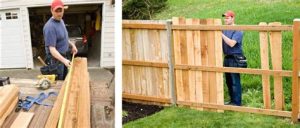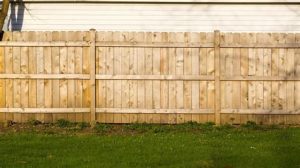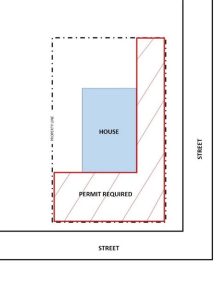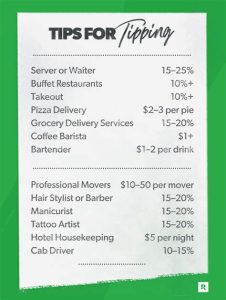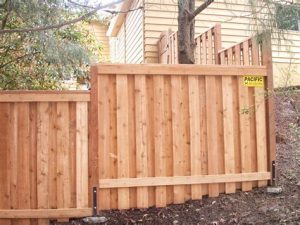Navigate local fence regulations, zoning requirements, permits, and licensing to ensure compliance. Stay informed about updates for hassle-free fencing projects.When it comes to building a fence, being informed about local regulations is crucial to ensure compliance and avoid costly fines. Many homeowners envision their ideal fence but often overlook the importance of understanding the regulations governing fence construction in their area. From zoning requirements to permits and licensing, navigating the landscape of local fencing laws can be daunting. However, staying informed is easier than it seems. In this guide, we’ll explore essential steps to help you understand local fence regulations, including how to research them, consult with local governments or homeowner associations (HOAs), and keep up with any changes that may arise. By following these steps, you’ll be well-equipped to successfully build your fence without unexpected surprises.
Researching Local Fence Regulations
When it comes to installing a fence on your property, one of the first and most important steps is researching local fence regulations. Every municipality has its own set of rules and guidelines that govern where and how fences can be built. Understanding these regulations will help you avoid potential legal issues and ensure your fence complies with local standards.
To start your research, you should visit your local government’s website, which often has detailed information available. Most towns and cities provide a section on zoning laws and property regulations, including specific ordinances related to fences. It’s imperative to pay attention to factors such as height restrictions, setback requirements, and material limitations.
In addition to online resources, consider reaching out to your local planning or zoning office directly. They can offer valuable insight into any recent changes to regulations, as well as provide guidance for specific projects. Not only will this help you understand the rules, but it also shows you’re taking the process seriously, which could prevent any future conflicts.
Moreover, getting in touch with neighbors can also be beneficial. They may have already gone through the process and can share their experiences and knowledge about local regulations. This community approach can help you gather additional tips and insights that may not be readily available from official sources.
Understanding Zoning Requirements for Fences
When considering the construction of a fence, it is crucial to understand the zoning requirements in your area. Zoning laws are regulations put in place by local governments to guide land use and development, which can significantly affect your fencing plans.
Typically, zoning regulations dictate factors such as the height, type, and placement of fences on your property. These regulations ensure that fences do not obstruct visibility, create hazards, or infringe upon the privacy rights of neighbors. For example, many municipalities have strict rules regarding the height of front yard fences compared to back yard fences.
To obtain accurate information on local zoning requirements, it’s advisable to consult with your local planning or zoning office. They can provide you with the specific guidelines that apply to your residential area.
Consulting with Local Government or HOA
When it comes to fencing regulations, one of the most reliable methods to ensure compliance is by consulting with local government offices or your Homeowners Association (HOA). These entities are typically well-versed in the specific laws and guidelines that govern residential fencing.
Local government offices usually have a department that handles zoning regulations and building permits. By reaching out to them, you can gain a clearer understanding of what is permissible in your area.
- Height Restrictions
- Material Specifications
- Setback Requirements
Additionally, if your property is part of an HOA, it’s crucial to check their fencing guidelines as these often impose stricter standards than municipal regulations. Some common elements they may regulate include colors, designs, and overall aesthetics. Being informed about your HOA’s rules can save you time and potential fines later on.
Reviewing Permit and Licensing Requirements
When it comes to installing a fence, it’s crucial to understand the permit and licensing requirements in your local area. Many municipalities have specific rules that govern the construction of fences, and failing to secure the appropriate permissions can lead to costly fines or the removal of your fence.
Typically, the permit process is initiated by submitting a detailed plan that illustrates the proposed fence’s location, height, and materials.
- Height restrictions
- Proximity to property lines
- Type of materials used
- Special zoning designations
It’s important to check with your local government or zoning office to determine the specific requirements. Some areas may have exemptions for certain types of fences, while others might require you to follow strict guidelines.
Staying Updated on Changes in Regulations
Staying updated on changes in local fence regulations is essential for homeowners looking to build or modify their fences. Regulations can shift due to new zoning laws, community needs, or safety considerations. Therefore, it’s crucial to be proactive about seeking information on the latest updates to ensure compliance.
One effective way to stay informed is by regularly checking the official website of your local government or zoning office. Many municipalities have dedicated sections that outline the regulations pertaining to fences, including height limits, materials, and placement. Additionally, these sites often provide news updates related to any impending changes.
Engaging with your Homeowners Association (HOA), if applicable, can also prove beneficial. HOAs frequently have their own set of rules regarding fences, and they can be a valuable resource for staying informed. Some even send out newsletters or host meetings where updates on legal requirements are discussed.
Frequently Asked Questions
Why is it important to stay informed about local fence regulations?
Staying informed about local fence regulations is crucial to ensure compliance with local laws, avoid fines, and maintain good relationships with neighbors and local authorities.
What are some common sources for finding local fence regulations?
Common sources include your city or county’s planning or zoning department website, local government offices, and community bulletin boards.
How can homeowners keep up to date with changes in fence regulations?
Homeowners can subscribe to local government newsletters, attend community meetings, or follow relevant social media channels to stay informed about any changes in regulations.
What should I do if I’m unsure about the regulations in my area?
If you’re unsure about the regulations, it’s best to contact your local planning department directly for clarification or to consult with a local contractor who is knowledgeable about the area’s rules.
Do local fence regulations vary by city or county?
Yes, local fence regulations can vary significantly by city or county, so it is important to check the regulations specific to your location.
Are there typical dimensions or materials required by fence regulations?
Many local regulations specify height limits, materials, and even aesthetics for fences, so it’s important to consult the local guidelines to ensure compliance.
What are some penalties for not following local fence regulations?
Penalties can include fines, orders to remove or modify the fence, and in some cases, legal action if the fence is viewed as an impediment or nuisance.
